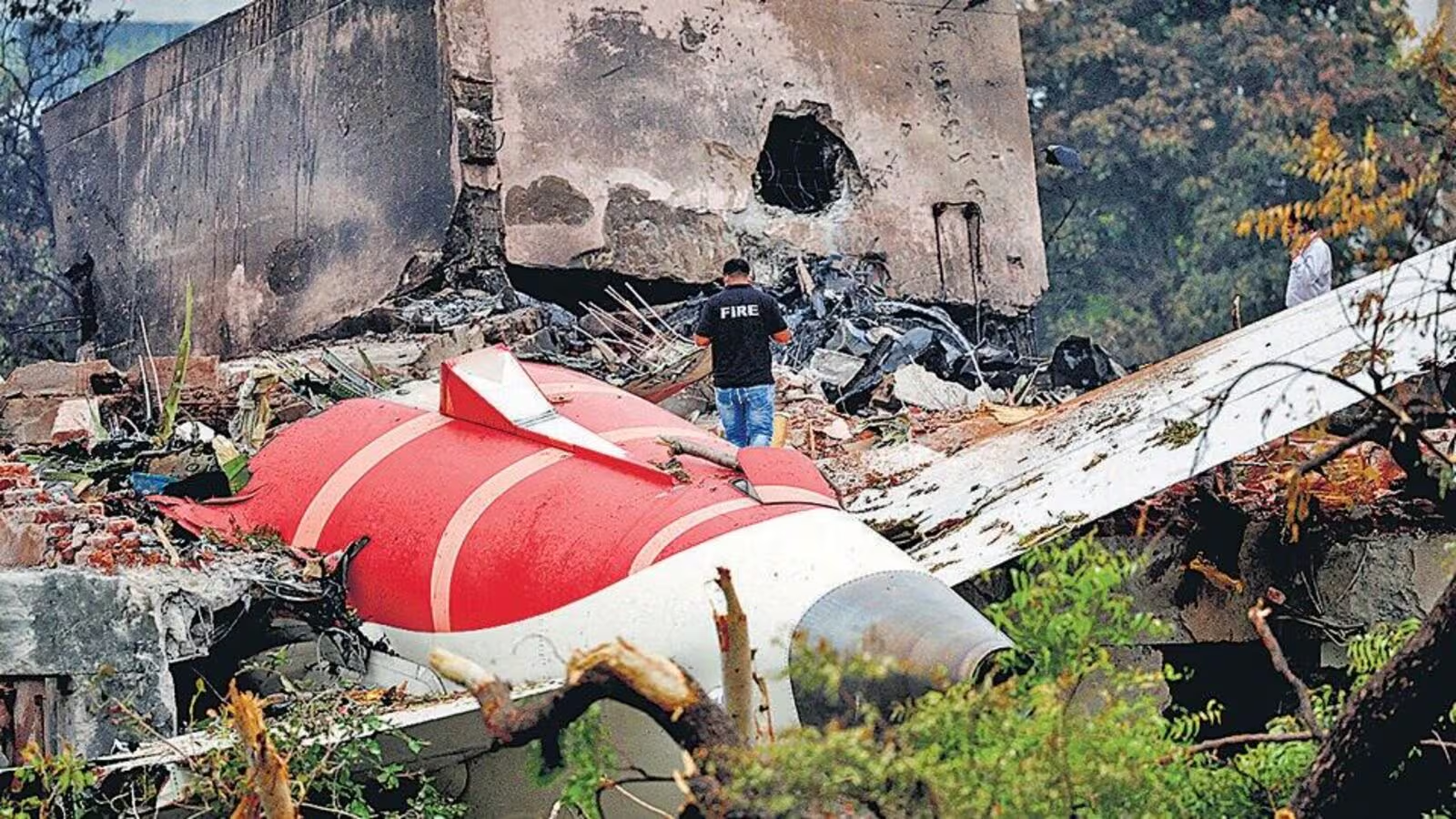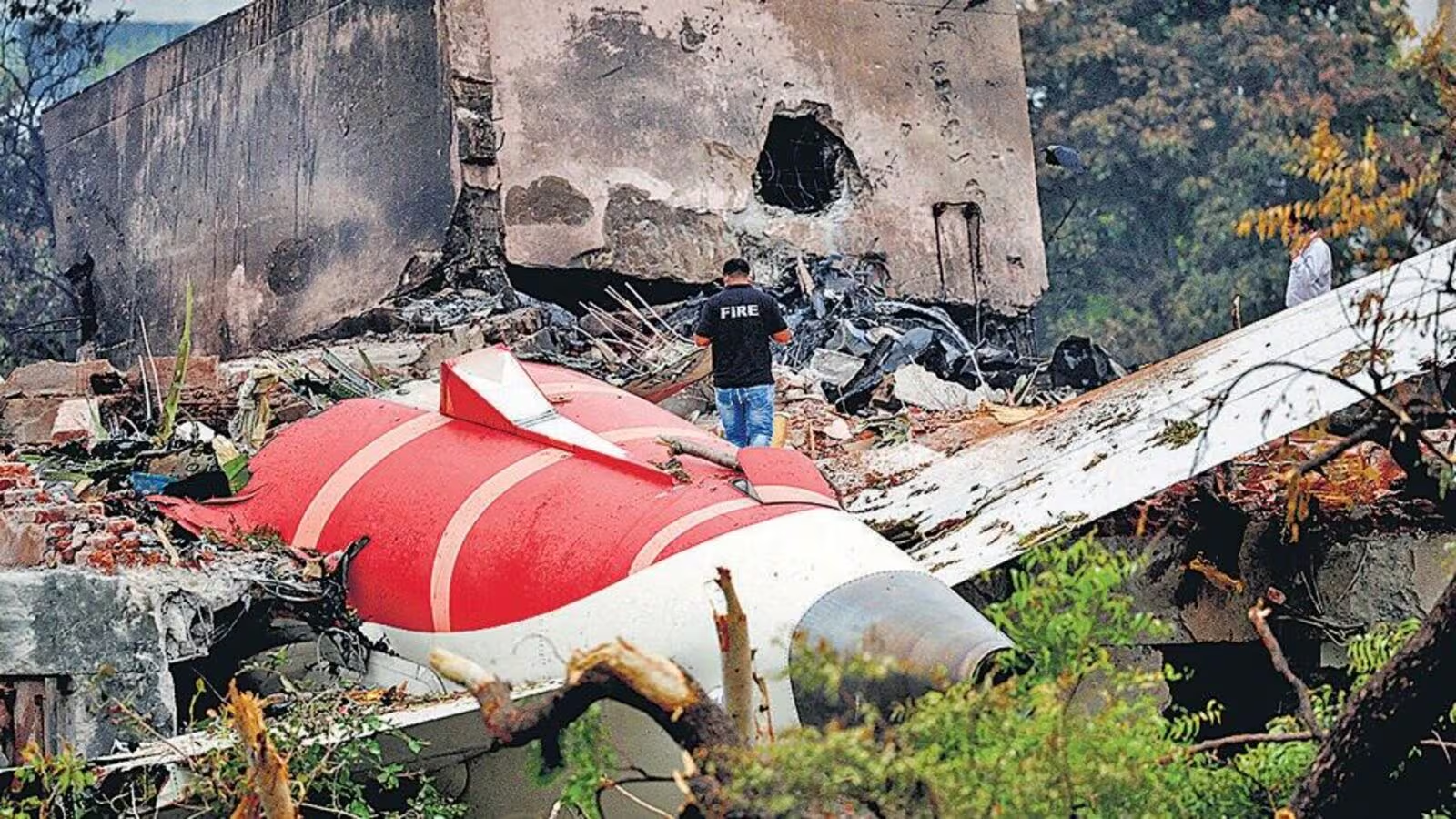The recently released preliminary Air India 171 Crash Report by the Aircraft Accident Investigation Bureau (AAIB), made public on July 12th, has sparked considerable debate and concern within aviation circles and among the public. While preliminary reports are intended to present factual findings without definitively assigning blame, this specific Air India 171 Crash Report is drawing criticism for perceived deficiencies, potential biases, and a questionable narrative that seems to prematurely point towards pilot error.
The Controversial Unveiling of the Air India 171 Crash Report
The timing and preceding events of the report’s release have raised initial red flags.
- Prior Media Knowledge: Disturbingly, major US media outlets, including the Wall Street Journal and Reuters, appeared to have foreknowledge of the report’s contents, particularly concerning the fuel control switch, even before its official public disclosure.
- Approval Speculation: This pre-emptive media coverage has led to speculation about whether the Air India 171 Crash Report underwent review or approval by American entities, including Boeing, prior to its official release. Such a scenario, if true, would heavily compromise the impartiality of the investigation.
- Narrative Shift Towards Pilot Error: The perceived satisfaction of the American media with the report further fuels concerns, as their commentary seemed to immediately shift blame towards pilot capability or error. There is a palpable apprehension that the dominant narrative is being steered towards suggesting the pilots intentionally manipulated the fuel control switch.
Critical Gaps and Inaccuracies in the Air India 171 Crash Report
Scrutiny of the Air India 171 Crash Report itself reveals several significant shortcomings that demand closer examination.
- FADEC Misspelling: A basic but glaring error noted is the misspelling of “FADEC” (Full Authority Digital Engine Control), an acronym fundamental to aircraft systems. Such an oversight in an official document of this magnitude is deeply concerning.
- Missing I-CAS Warnings: Crucial information regarding warnings from the aircraft’s integrated cabin alert system (I-CAS) is reportedly absent from the report. The omission of such vital data can hinder a comprehensive understanding of the pre-crash events.
- Emergency Locator Transmitter (ELT) Failure: A major safety concern highlighted is the failure of the Emergency Locator Transmitter (ELT) to activate during the crash. The ELT is paramount for locating downed aircraft, especially in remote areas. Despite this critical malfunction, the Air India 171 Crash Report remarkably contains no recommendations for Boeing regarding the ELT.
- Engine Performance Discrepancy: The report indicates that Engine 2 was able to relight but could not sustain core speed, contrasting with Engine 1 which did relight successfully. This raises pertinent questions about a potential faulty engine that warrant thorough investigation.
The Troubling Handling of Flight Data Recorders
The management of the Flight Data Recorders (FDRs) after the crash has also come under question.
- Delayed Transfer: Two FDRs were recovered on June 13th and 16th, but were held in Ahmedabad for an inexplicable eight days before being sent to Delhi on June 24th, contradicting earlier reports that they were immediately dispatched to the US.
- Black Box Durability Concerns: Concerns have been raised about the reported damage to Boeing’s black boxes, to the extent that data retrieval proved difficult, necessitating specialized US equipment for analysis. This brings into question the durability and design of these critical components.
Boeing’s Influence and Credibility Under Scrutiny
The video commentary surrounding the Air India 171 Crash Report also delves into broader concerns about Boeing’s past practices and its potential influence on regulatory bodies.
- Past Whistleblower Actions: The discussion references historical whistleblower actions and lawsuits against Boeing, which collectively cast a shadow on the company’s overall credibility.
- FAA’s Stance on Fuel Control Switches: It is suggested that the Federal Aviation Administration (FAA) might be influenced by Boeing. A specific instance cited is the FAA’s decision not to classify a special airworthiness information bulletin regarding fuel control switches on 737s as an “unsafe condition” warranting an Airworthiness Directive (AD). An AD would have mandated costly changes across all affected Boeing aircraft.
- Airline Maintenance Allegations: Anecdotal “dreams” or hypothetical scenarios are shared about some airlines potentially circumventing maintenance regulations by swapping faulty parts between aircraft to reset repair timelines for Minimum Equipment List (MEL) items. While presented as hypothetical, it underscores deeper anxieties within the industry.
Vague Language and Missing Timings in the Air India 171 Crash Report
The report’s narrative style and lack of precision for critical events are also being criticized.
- Ambiguous Timings: The use of vague terms like “immediately thereafter” and “immediately after lift-off” instead of precise timings for critical events during the 32-second flight is seen as deliberately creating loopholes that could be exploited to manipulate future findings.
- Discrepancy in Detail: The report is noted for providing precise timings for irrelevant pre-flight events while conspicuously lacking exact timings for crucial in-flight incidents, such as engine failure, pilot communications regarding fuel cut-off, and Ram Air Turbine (RAT) deployment and power generation.
The Role of Investigators and External Perceptions
The composition of the investigation team and external perceptions are also part of the broader conversation surrounding the Air India 171 Crash Report.
- Aviation Psychologists’ Inclusion: The inclusion of aviation medicine specialists and psychologists in the investigation team has raised eyebrows, with concerns that this might be a strategy to steer the investigation towards psychological issues without concrete evidence.
- Exclusion of Experienced Pilots: The Air Line Pilots Association of India (ALPA) has reportedly questioned the exclusion of experienced 787 line pilots from the investigation team, especially for a crash involving a 787 aircraft.
- Foreign Media Bias: There is a strong perception that foreign media and some foreign pilots are quick to assign blame to Indian pilots. Previous theories, such as incorrect flap and landing gear retraction, are dismissed as highly improbable for experienced pilots, especially trainers, given modern aircraft’s auto-gap protection.
Conclusion: An Incomplete Air India 171 Crash Report
Overall, significant dissatisfaction looms over this preliminary Air India 171 Crash Report. It is perceived as incomplete, potentially biased, and geared towards protecting certain vested interests, possibly Boeing’s, while prematurely shifting focus onto pilot error. Many believe the AAIB possesses more information than it has chosen to disclose at this preliminary stage, leaving many critical questions unanswered about the Air India 171 crash. The full picture of this tragic incident remains obscured, and a more transparent and thorough investigation is eagerly awaited.
Discover more from RastriyaSamachar24x7
Subscribe to get the latest posts sent to your email.



